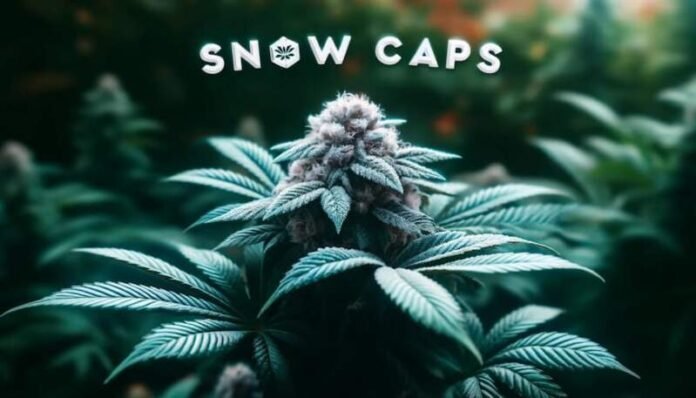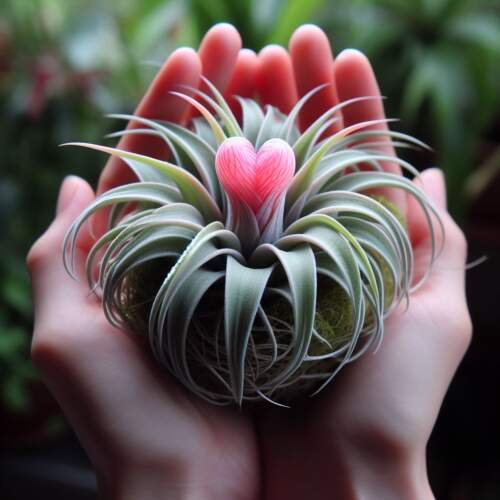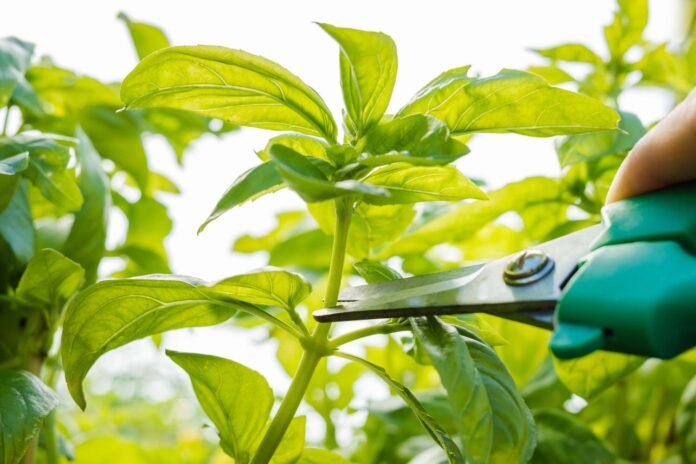In the hustle and bustle of modern life, the true treasures at our feet often go unnoticed. The humble weeds that we usually dismiss as nuisances are, in fact, powerful sources of nutrition and healing. From dandelions to plantains, these wild edibles and herbs have been used for centuries for their medicinal properties. In this article, we’ll delve into the world of 39 common weeds that can be harnessed for both edible and medicinal purposes. So let’s reconnect with nature and embrace the power of these overlooked wonders.
Understanding Wild Edibles and Herbs
Before we explore the specifics of these plants, it’s important to recognize the value of wild edibles and herbs. These naturally occurring plants can provide a range of benefits, from essential nutrients to natural remedies for common ailments.
Safety and Identification
When foraging for wild edibles and herbs, correct identification is crucial. It’s vital to ensure that the plants you gather are safe for consumption and free from pollutants. Consulting field guides, joining local foraging groups, or seeking the expertise of a knowledgeable forager can greatly minimize risks.
The Nutritional Aspect
Many wild edibles are rich in vitamins, minerals, and other beneficial compounds that can supplement our diets. They often contain higher levels of nutrients than their cultivated counterparts due to their adaptation to grow in challenging environments.
The Medicinal Aspect
The medicinal use of wild herbs dates back to ancient times. These plants can serve as natural remedies for a variety of health conditions. However, it’s important to use them responsibly and consult healthcare professionals, especially if you’re pregnant, nursing, or taking medication.
39 Edible and Medicinal Weeds to Know
Let’s explore some of the most common weeds that can be found in various environments and how they can benefit us in both culinary and healing contexts.
Dandelion (Taraxacum officinale)
Dandelion is perhaps one of the most recognized weeds. Both its leaves and flowers are edible, and it’s known for supporting liver health. Dandelion tea is a popular detoxifying drink.
Plantain (Plantago major)
Not to be confused with the banana-like fruit, plantain leaves can be used topically for their healing properties on cuts and insect bites. They can also be eaten raw or cooked.
Nettle (Urtica dioica)
Nettle must be handled carefully due to its stinging hairs, but once cooked, these disappear, making it a nutrient-rich food source. It’s also used in herbal medicine for its anti-inflammatory properties.
Chickweed (Stellaria media)
Chickweed is a delicate plant that can be eaten fresh in salads or cooked. It’s also applied topically for skin conditions like eczema due to its soothing properties.
Purslane (Portulaca oleracea)
Purslane is a succulent weed rich in omega-3 fatty acids. It can be eaten raw or cooked and is known for its heart-healthy benefits.
Clover (Trifolium spp.)
Both red and white clover are edible and have a mild, sweet taste. They’re traditionally used in herbal medicine to support respiratory health.
Burdock (Arctium lappa)
Burdock root is a staple in some Asian cuisines and is also used for its blood-purifying properties in herbal medicine.
Yarrow (Achillea millefolium)
Yarrow is known for its ability to stop bleeding and is used in herbal first aid. Its young leaves can be used in salads.
Wild Amaranth (Amaranthus retroflexus)
Wild amaranth leaves are nutritious and can be cooked like spinach. The seeds are also edible and can be ground into flour.
Mallow (Malva spp.)
Mallow leaves are mucilaginous, making them soothing for the digestive and respiratory tracts. They can be eaten raw or cooked.
Lamb’s Quarters (Chenopodium album)
This weed is a relative of quinoa and is rich in vitamins and minerals. The leaves can be eaten raw or cooked.
Harnessing the Benefits of Edible Weeds
Incorporating Weeds into Your Diet
Incorporating wild edibles into your diet is simple. They can be added to salads, soups, teas, or even smoothies. Start with small amounts to ensure you don’t have any adverse reactions and to get accustomed to their unique flavors.
Preserving the Bounty
To enjoy the benefits of wild edibles year-round, you can dry, freeze, or pickle these plants. Drying is particularly suitable for herbs, while freezing works well for leafy greens. Pickling can add a flavorful twist to your foraged finds.
The Healing Power of Medicinal Weeds
Creating Herbal Remedies
Many of these common weeds can be used to create tinctures, salves, poultices, and teas for medicinal use. Each preparation method extracts different compounds from the plants, catering to various health needs.
A Holistic Approach to Health
While these weeds offer natural ways to support health, they should be used as part of a holistic approach that includes a balanced diet, regular exercise, and professional medical advice when necessary.
Ethical Foraging and Sustainability
Respecting Nature’s Gifts
When foraging, it’s important to practice ethical harvesting. This means taking only what you need, leaving plenty for wildlife and future growth, and avoiding areas that may be contaminated by chemicals or pollutants.
Fostering Biodiversity
By appreciating and utilizing these common weeds, we can also play a role in fostering biodiversity. These plants often provide essential habitats and food sources for various insects and animals.
Conclusion
The 39 weeds we’ve discussed are just a glimpse into the vast world of wild edibles and medicinal herbs. By embracing the power of nature and learning to identify and use these plants, we open ourselves up to a wealth of health benefits and deepen our connection to the environment. So next time you’re on a walk or tending to your garden, take a closer look at the greenery around you – it might just be your next superfood or natural remedy.
Remember to forage responsibly and consult with healthcare professionals when using plants for medicinal purposes. With knowledge and respect for nature, we can all benefit from the bounty that wild edibles and herbs have to offer.






